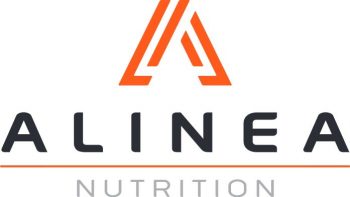*Geek Box: Atherogenic Dyslipidemia
The ‘atherogenic lipoprotein phenotype’ is the technical term describing a particular pattern of blood cholesterol levels that is considered a significant risk for cardiovascular disease. The pattern includes high levels of triglycerides, high levels of LDL-cholesterol, and low levels of HDL-cholesterol. This profile is considered highly ‘atherogenic’, meaning it is implicated in the process of lipoproteins carrying cholesterol [i.e., VLDL and LDL] penetrating the arteries, leading to atherosclerosis. ‘Dyslipidemia’ is the fancy term for this adverse lipid profile. What it describes is a profile that looks like this.
- Low HDL: because HDL is needed to clear cholesterol from circulation, low HDL is problematic for heart disease risk. When excess TGs are offloaded onto HDL, HDL becomes broken down in the liver and removed from circulation.
- High LDL: all LDL particles, irrespective of size, are capable of penetrating into the arteries. However, in the ALP, LDL remodels into smaller, denser particles. They carry less cholesterol than larger LDL, but as more of them penetrate the arteries, they lead to as much cholesterol being trapped in the artery wall, generating atherosclerosis.
- High Triglycerides: high triglycerides is important to the development of the ALP, as it is when HDL and LDL become overburdened with carrying triglycerides that they are forced to remodel. Further, as triglycerides carried in chylomicrons [fat from the diet] and VLDL [fat synthesised in the liver] are broken down, this creates what are known as ‘remnant particles’, which are also atherogenic.
Traditionally, cardiovascular disease [CVD] risk has been focused on high LDL alone, however, we now know the ALP phenotype is also a significant risk for CVD, and that indirect processes, i.e. the impact of refined carbohydrate/added sugars on liver fat accumulation, insulin resistance, and the resulting increase in circulating free fatty acids, and new triglyceride formation, are important factors, in addition to the impact of dietary fat.
Relevant to this discussion is also Apolipoprotein-B [ApoB for short], which may be subdivided into ApoB-48 and ApoB-100. ApoB is highly relevant, because it is lipoproteins containing ApoB, like LDL or Lp(a), that are atherogenic. Thus, ApoB provides a more direct measure of all atherogenic lipoproteins in circulation, not just those that are LDL. We can further differentiate ApoB-containing lipoproteins by their source, i.e., dietary intake of fat or endogenous synthesis of fat in the liver. ApoB-48 containing lipoproteins are secreted from the intestines, and thus reflects dietary fat intake. On the other hand, ApoB-100 is derived from very-low-density lipoprotein [VLDL] that is synthesised in the liver, and thus reflects endogenous synthesis of new triglycerides. The remnants of both ApoB-48 and ApoB-100 lipoproteins contribute to the overall circulation of ApoB-containing lipoproteins, which drives atherosclerosis.
